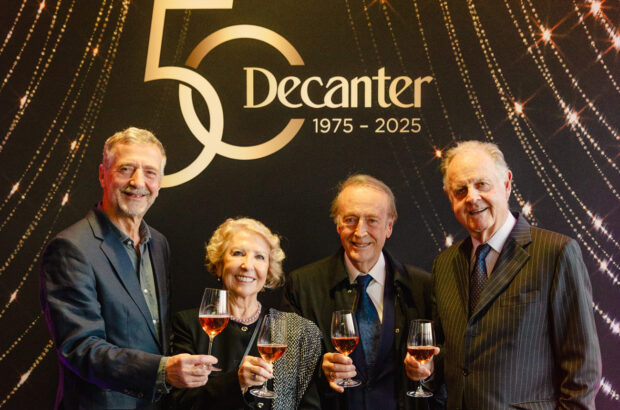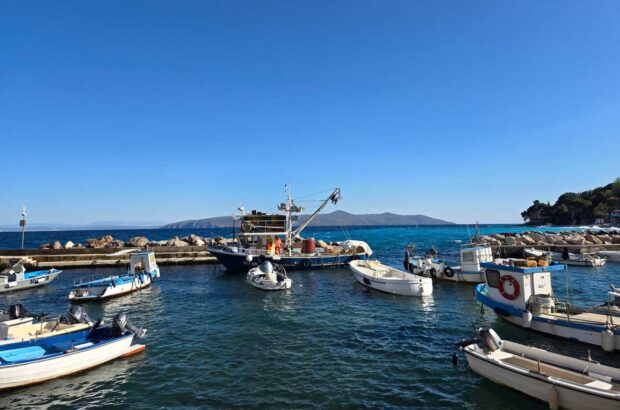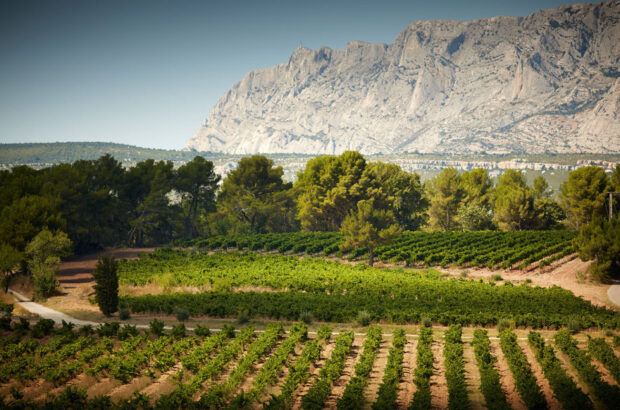David Dearie's departure from Treasury Wine Estates is a reminder that the Australian wine industry is still working through serious challenges, despite newfound acclaim.
It is just over two years since Treasury Wine Estates (TWE) split from Foster’s Group and went public. Prior to that, Foster’s had spent months seeking an international buyer for the wine arm.
At the time of the demerger, many thought Treasury would either be bought outright or potentially acquired piecemeal. China’s Bright Food was reported to be hovering.
After all that, the group has persisted as a standalone entity, its share price up by one third on the Australian stock exchange since May 2011.
Yet, the abrupt departure of chief executive David Dearie this week follows a turbulent period in which TWE saw annual net profits sliced in half by one-off charges, much of which was related to its decision to destroy excess wine in the US market.
And so, in the same month that Australia’s six International Trophies at the Decanter World Wine Awards (DWWA) prompted headlines about the country ‘trouncing’ the French, the old problem of oversupply has returned to blot the landscape.
There are, of course, different Australian wine industries at work. TWE itself is a good example, encompassing mass market brands at one end of the spectrum and also Penfolds Grange at the other.
Liv-ex analysis of Grange shows that average prices for its ten physical vintages between 1999 and 2008 have risen by 65% in the past five years.
Last week’s Savour Australia conference in Adelaide showed an industry that is much more on the front foot in terms of promotion, and the breadth of wines securing awards at DWWA underlined a growing diversity of premium wines emerging from the land Down Under.
However, what recent events at TWE underline is the ongoing fragility in the sector and the ever-more intense competition that Australia faces in key export markets, not helped by long-running tough exchange rates.
At home, Lawrie Stanford, executive director at Wine Grape Growers Australia (WGGA), told decanter.com this month that the trade body ‘has been saying for some time that the industry as a whole is still oversupplied and still does’.
He added that there is an ‘increasing phenomenon of abandoned vines’ in the country. However, he cautioned that WGGA figures show the supply situation varies markedly between different regions.
In 2013, things might look brighter for Australian wine than they have for some time, but there is still plenty to work through.
Written by Chris Mercer







